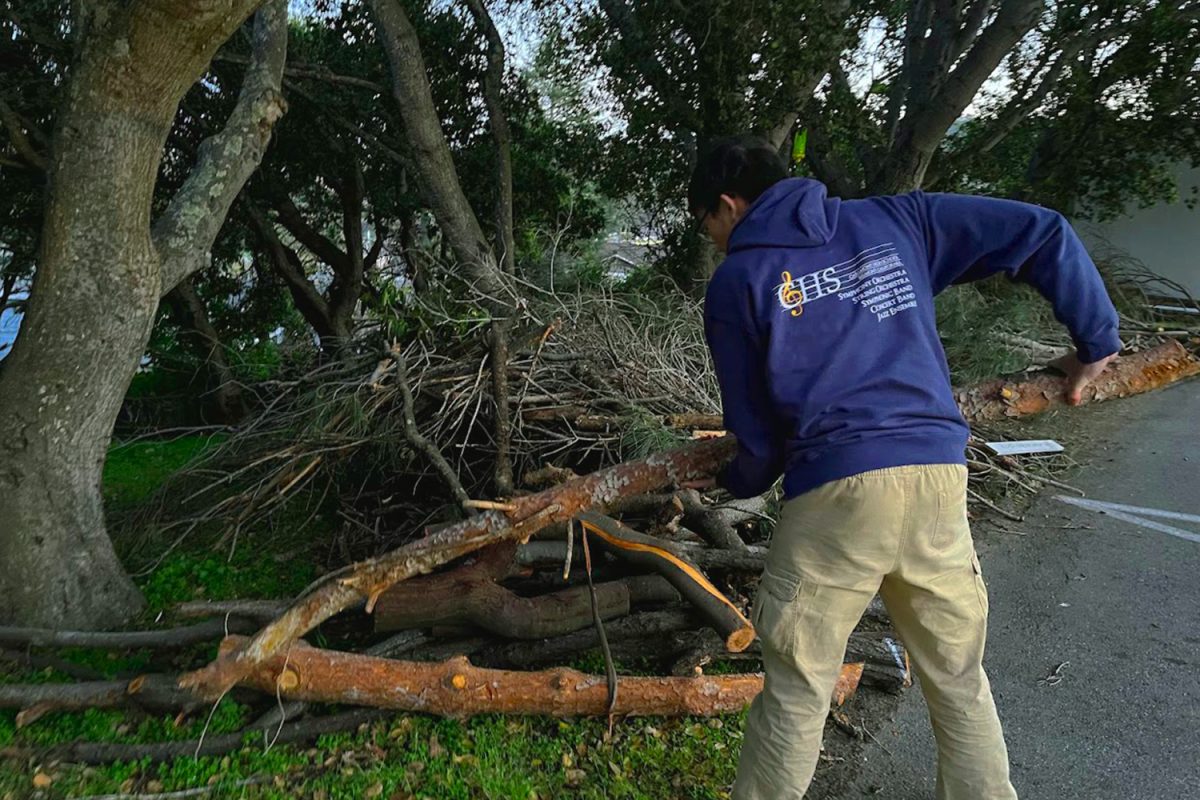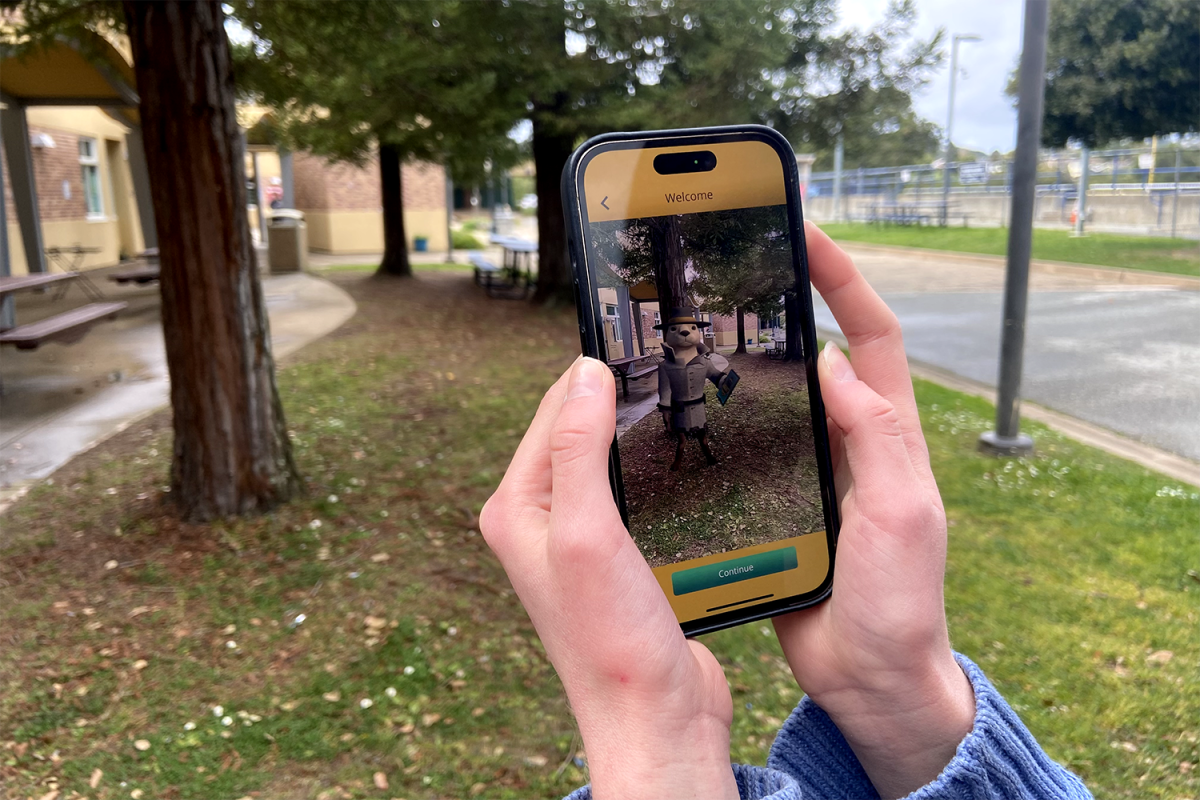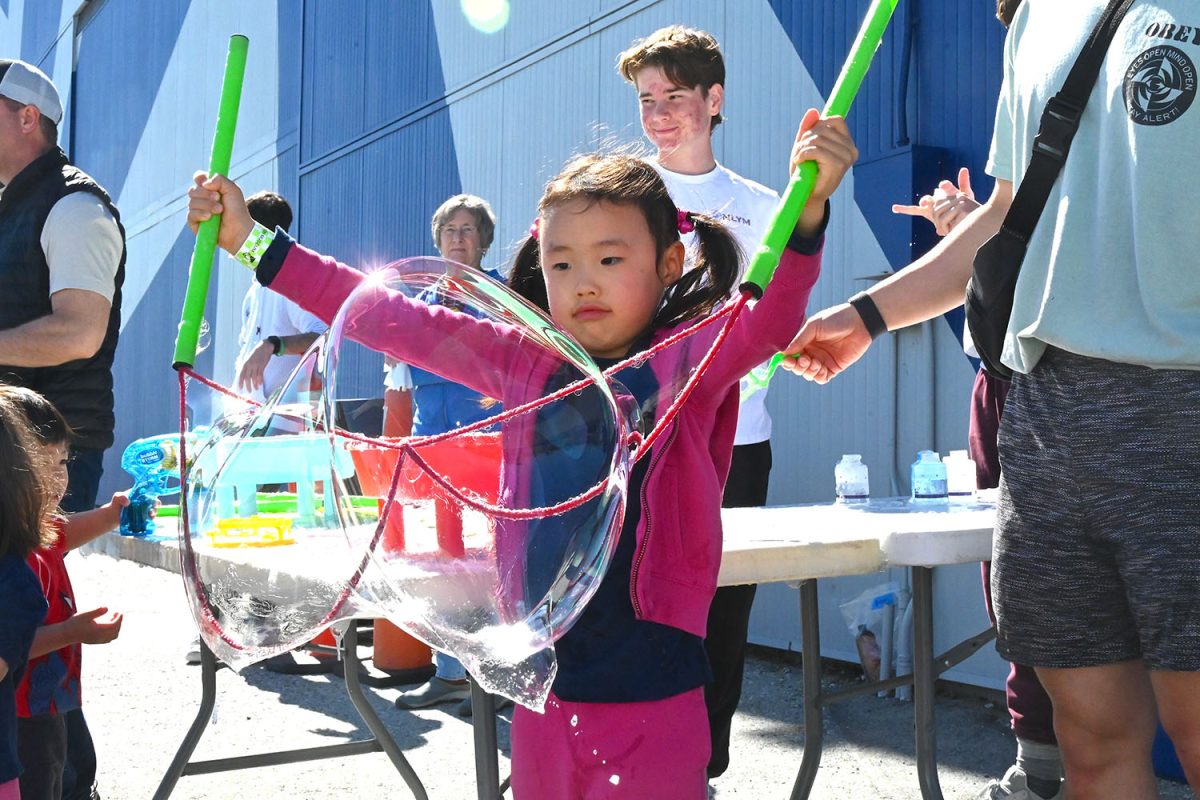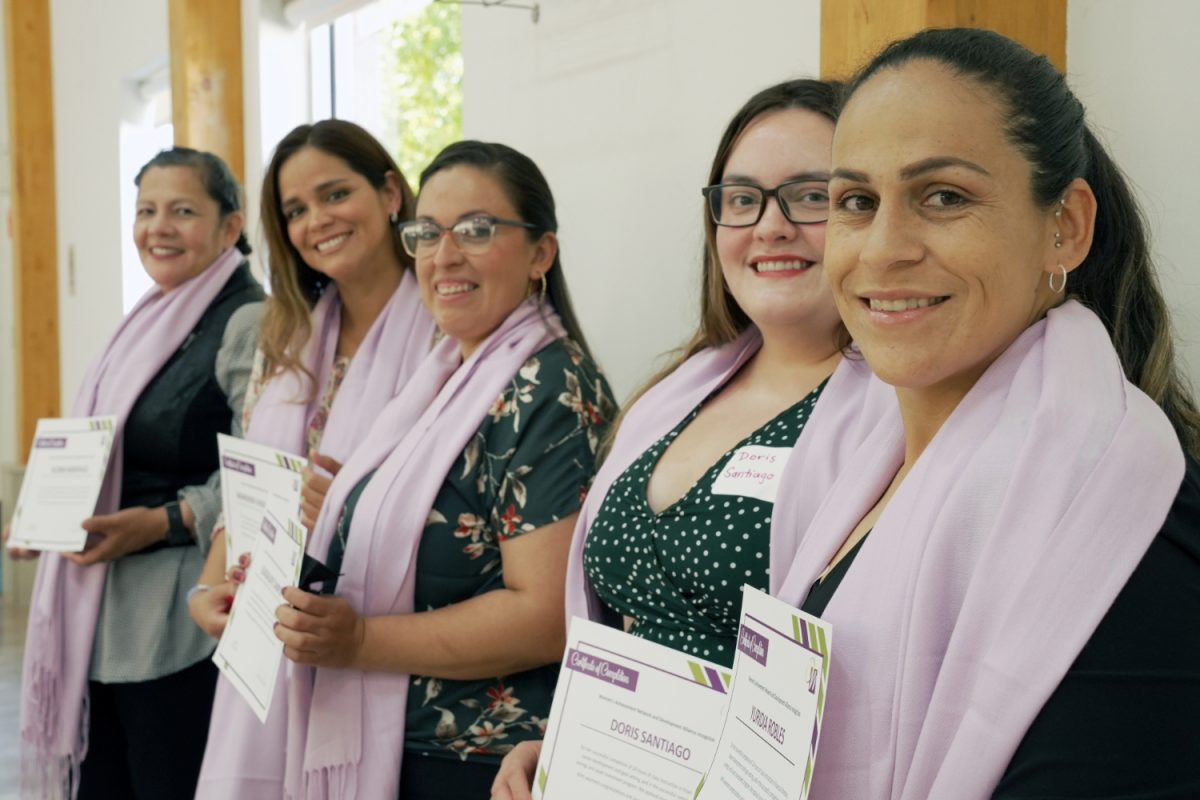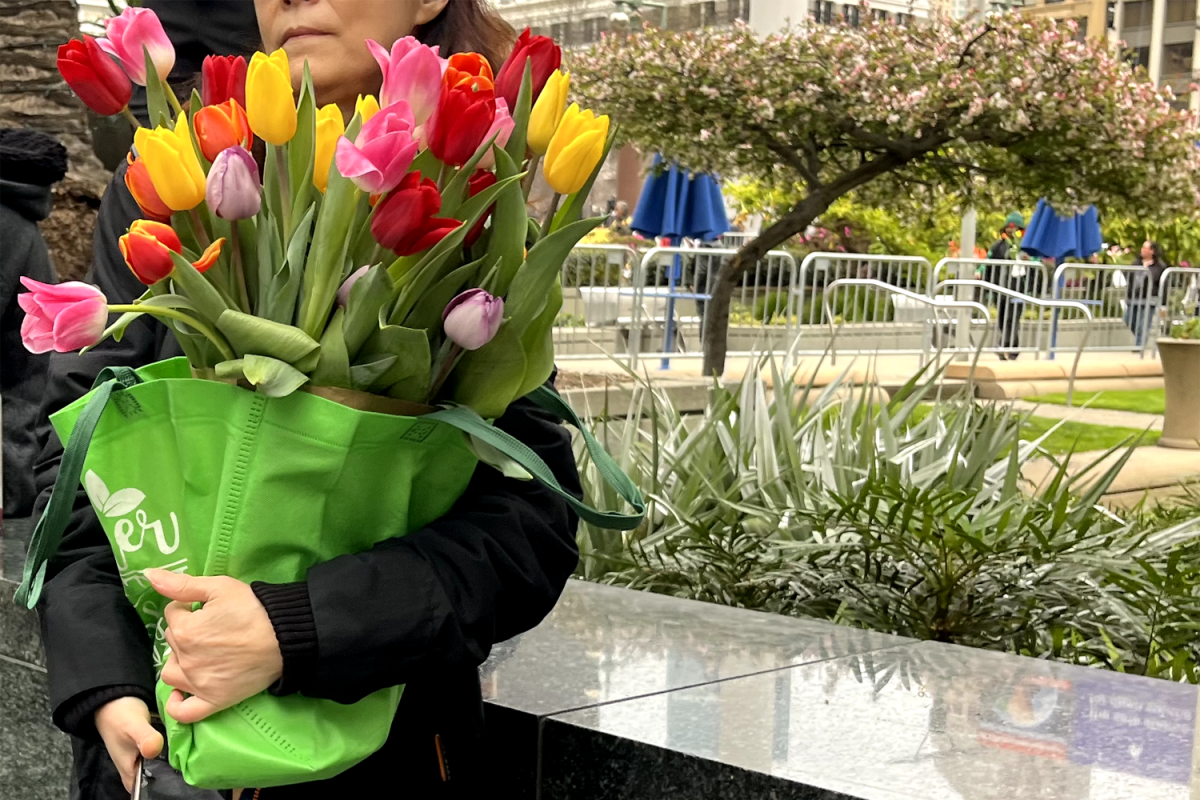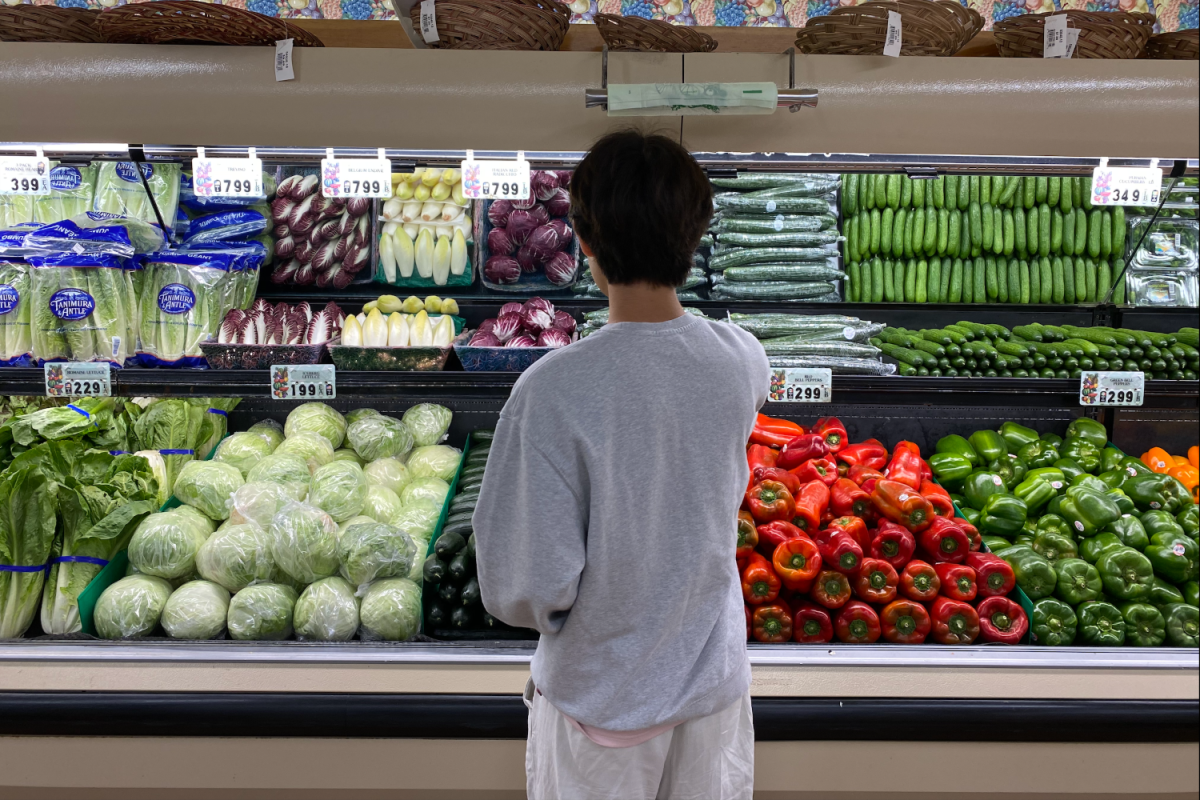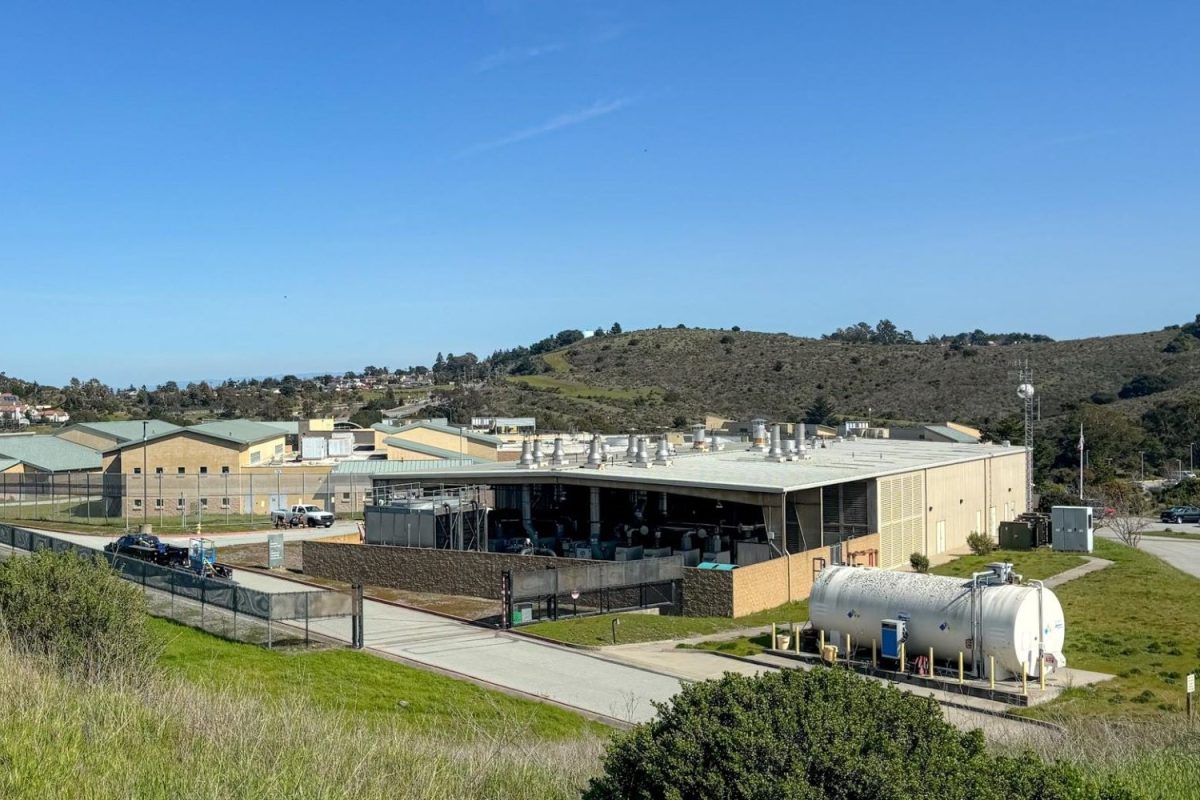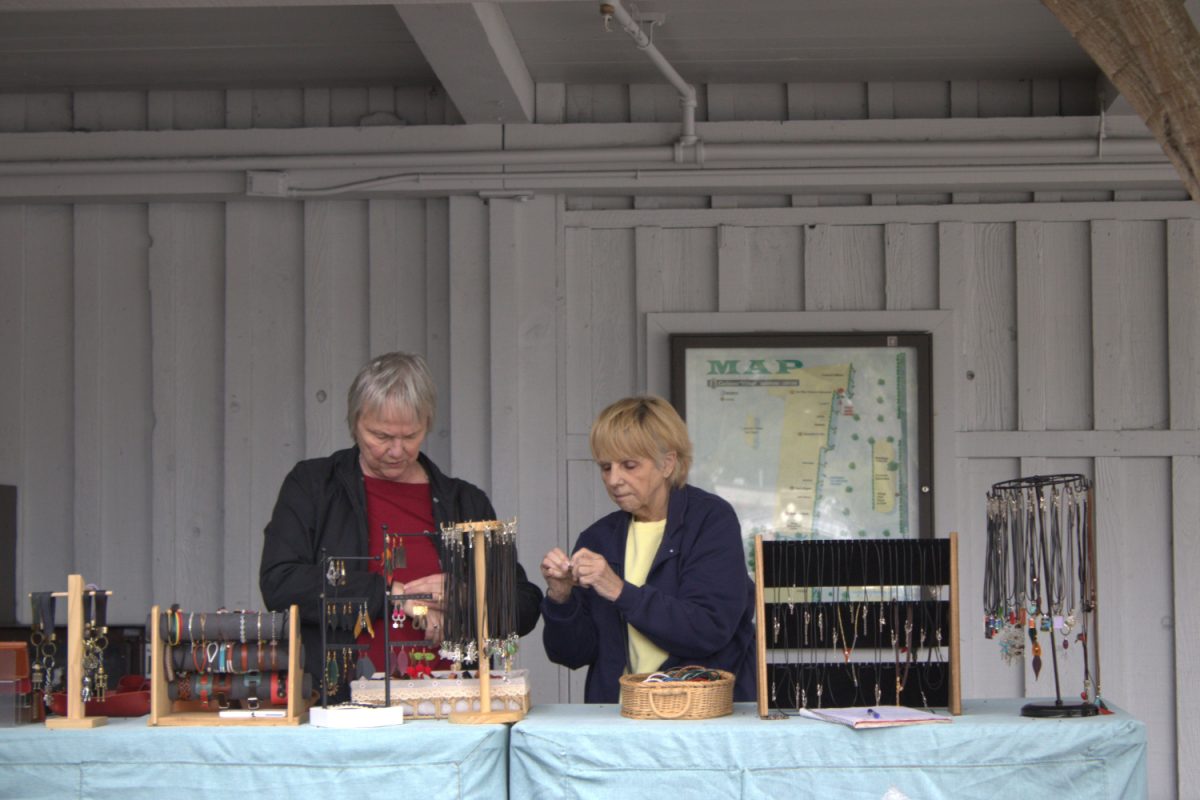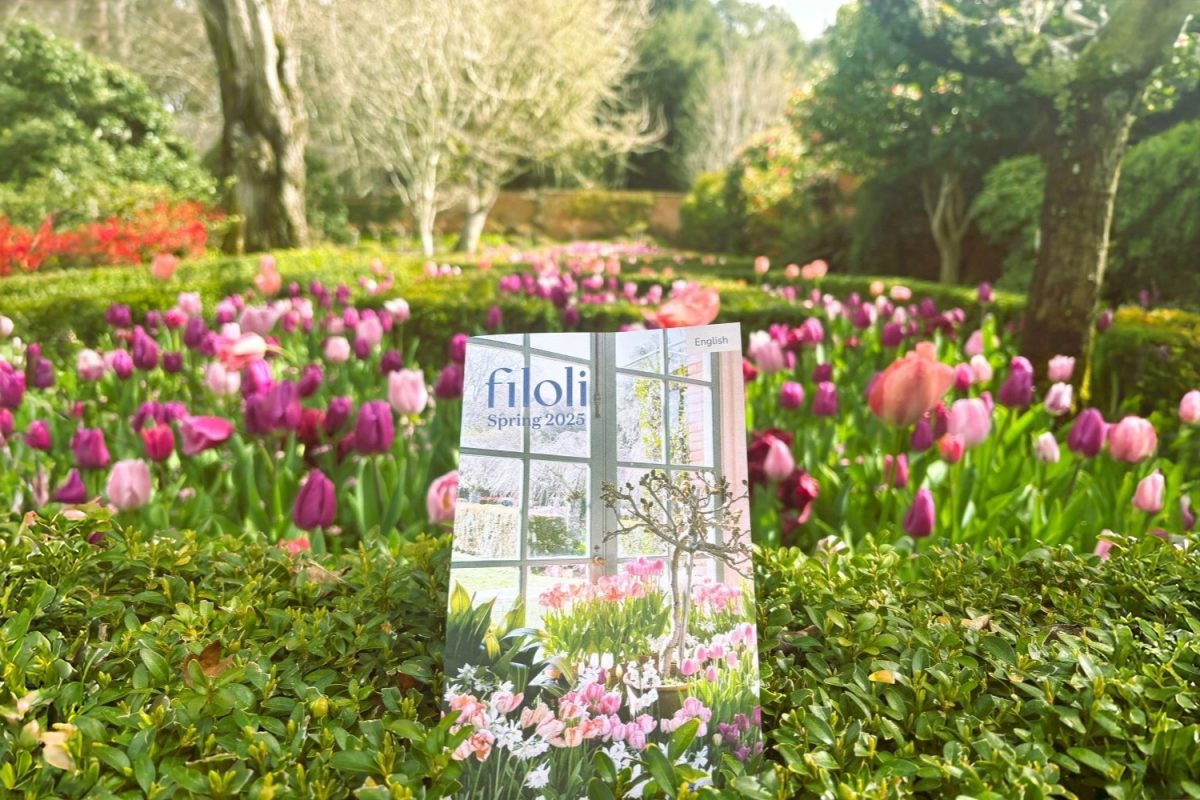Belmont is enhancing wildfire safety with a new, free wood chipping program for residents west of Alameda de las Pulgas.
From March 17 to March 28, Belmont’s two-week chipping program offers scheduled, free, and curbside wood chipping to residents. Residents will receive a designated collection day within that time frame, determined by their service area. Belmont Parks and Recreation crews will chip and remove the wood, but residents who wish to retain their wood chips must clearly label their piles. The Friday of each week is a designated overflow day, where participants can request the chipping service if they miss their assigned day. The program aims to provide an opportunity to easily remove vegetation to create a defensible, fire-safe, and flourishing town.
“I remember Smokey the Bear telling me fires can start from the tiniest sparks. What matters most to prevent a fire is avoiding the conditions that allow one to spread rather than avoiding a fire at all. Dry, dead brush, easily flammable objects, dead leaves during Autumn, and the type of tinder that can easily create updrafts and become a large wildfire,” said Erik Leong, a Carlmont sophomore with fire safety expertise from his time as a Boy Scout of America.
The chipping program intends to solve the fire risk by removing leaves, branches, trees, shrubs, and flammable objects within 100 feet of Belmont homes. This is called the defensible space. Some invasive species of shrubs and small plants live abundantly in Belmont, so removing those is also a priority when creating a defensible space. In addition, overhanging branches that are closer than ten feet from a chimney should be removed.
“I like to emphasize that one spark can cause a forest fire. One cigarette on the ground can lead to an entire forest burning down. As a child, I remember how important the message of ‘being careful when you use fire’ was,” Leong said.
Leong is not the only person who feels this way. Glenn Fukudome, a lead gardener for Redwood City Parks, Recreation, and Community Services and has been with the city for 25 years, has seen the ups and downs of maintaining a community safe from environmental problems.
“I supervise a crew of six employees who work for the city. We do park maintenance and some janitorial stuff. We clean restrooms, fix broken trees, fix underground systems and water pipes, pick up road kill on roads, keep the roadways clear and safe for the public, and keep the parks looking good. We also fertilize and irrigate the parks. However, we must be careful with our water use because we live in a very arid region,” Fukudome said.
Although Fukudome does not work directly in the Belmont Parks and Recreation, the Belmont and Redwood City Parks and Recreation departments are responsible for keeping their respective city safe from fires. Many fire safety organizations, such as Fire Safe San Mateo County and Cal Fire, work closely with the Parks and Recreation services to maintain the constant fight against fire.
“At the moment, Redwood City does not have a chipping program, although they have a tree department. However, they have two tree chippers that they tow behind trucks. They are assigned to remove hazards in the public right away. At times, we assist the tree department with their work,” Fukudome said.
The chipping program in Belmont is one of many. However, the community involvement is unique. Both Redwood City and Woodside have chipping programs that work independently from the community. With this distinct difference comes many challenges. The main one is getting the community involved.
“Honestly, I haven’t seen that much about the chipping program. On the other hand, I feel like it makes sense. Many government agencies have a hard time marketing and ensuring people know what is happening. Regarding raising awareness about events, it is up to people to figure that out. I don’t think it is a good thing. I wish I had known more about it. Even just an ad or something would have piqued my interest,” said Sami Khalak, a junior at Carlmont who has participated in previous Belmont Parks and Recreation activities involving tree planting and increasing the biodiversity of our ecosystem.
The chipping program relies on the community’s intent. If an individual does not want a fire to destroy their house, they can decide to participate in events like the chipping program. Moreover, the more the community is involved, the safer the community becomes.
“The incentive is to create a safe area to prevent fires from encroaching near your property. Obviously, we’ve seen a lot of fires in Southern California, and it’s a huge lesson to everybody that trees can be beautiful, but they’re also very dangerous. It’s a source of fuel that can combust. And it’s not only the trees, but also structures, such as fences, decks, people who have barbecues or do they usually have propane, and those are quite dangerous when it comes to wildfire,” Fukudome said.
On Jan. 7, 2025, a destructive onslaught of fire burned almost the entirety of regions in Los Angeles, like the Pacific Palisades, Topanga, and Malibu. Not only was this fire a tragedy, but it was a wake-up call.
“To be honest, that event was massive. People care. People fear, and that fear is almost tangible. My mother was distraught. She was talking about the trees in our house, the property lines, and how a fire could spread through the Belmont Canyon toward our house. While she might not represent everyone, she is an example of somebody who fears what could happen to the community. Everyone can understand the dangers of fire, but never has such an extreme example occurred,” Leong said.
“We live in California. There’s a huge wildfire risk. A few months ago, with the Palisades fire, we learned that ensuring great wildfire protection is important, even in urban areas. It is even more important that we don’t have a fire like the Palisades fire here in Belmont. So I think the chipping program is an excellent idea. Especially since we are near Alameda, an extremely high-traffic area, I could see how a spark from a car or a crash can easily start a fire. Generally, it seems like a great idea to create a safe environment,” Khalak said.
California is known for its droughts, dry weather, and wildfires. The chipping program is one piece of a giant puzzle, and the puzzle needs every piece to become complete.
“You know, we all live. We love trees. We love to see trees increase our community’s beauty. We love to see birds. We need to balance that beauty and be able to keep everybody safe. I think that is paramount,” Fukudome said.

